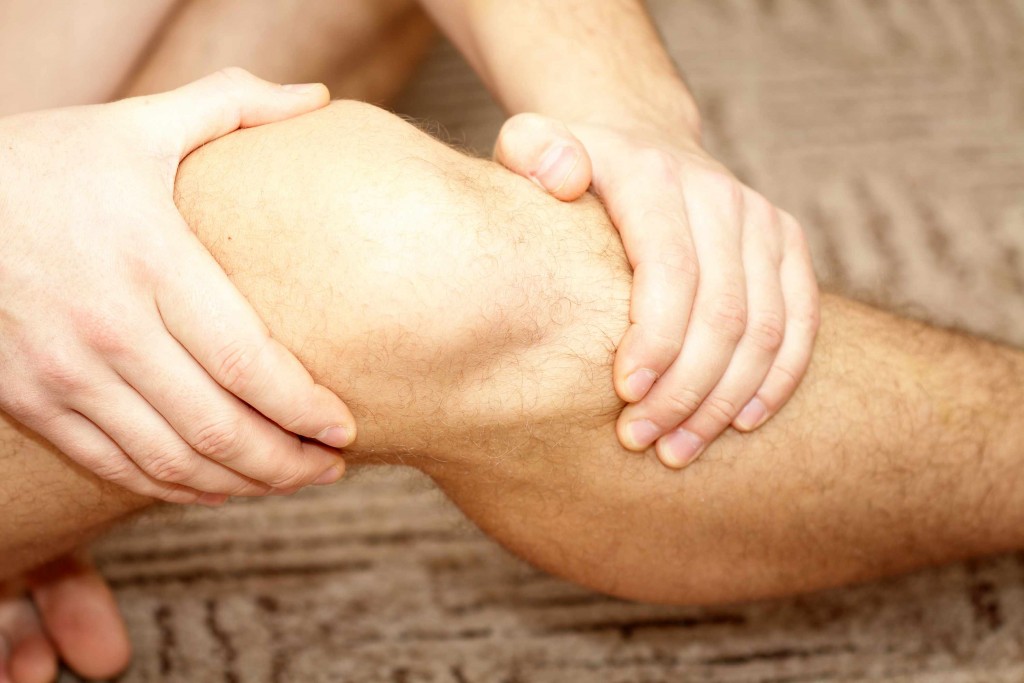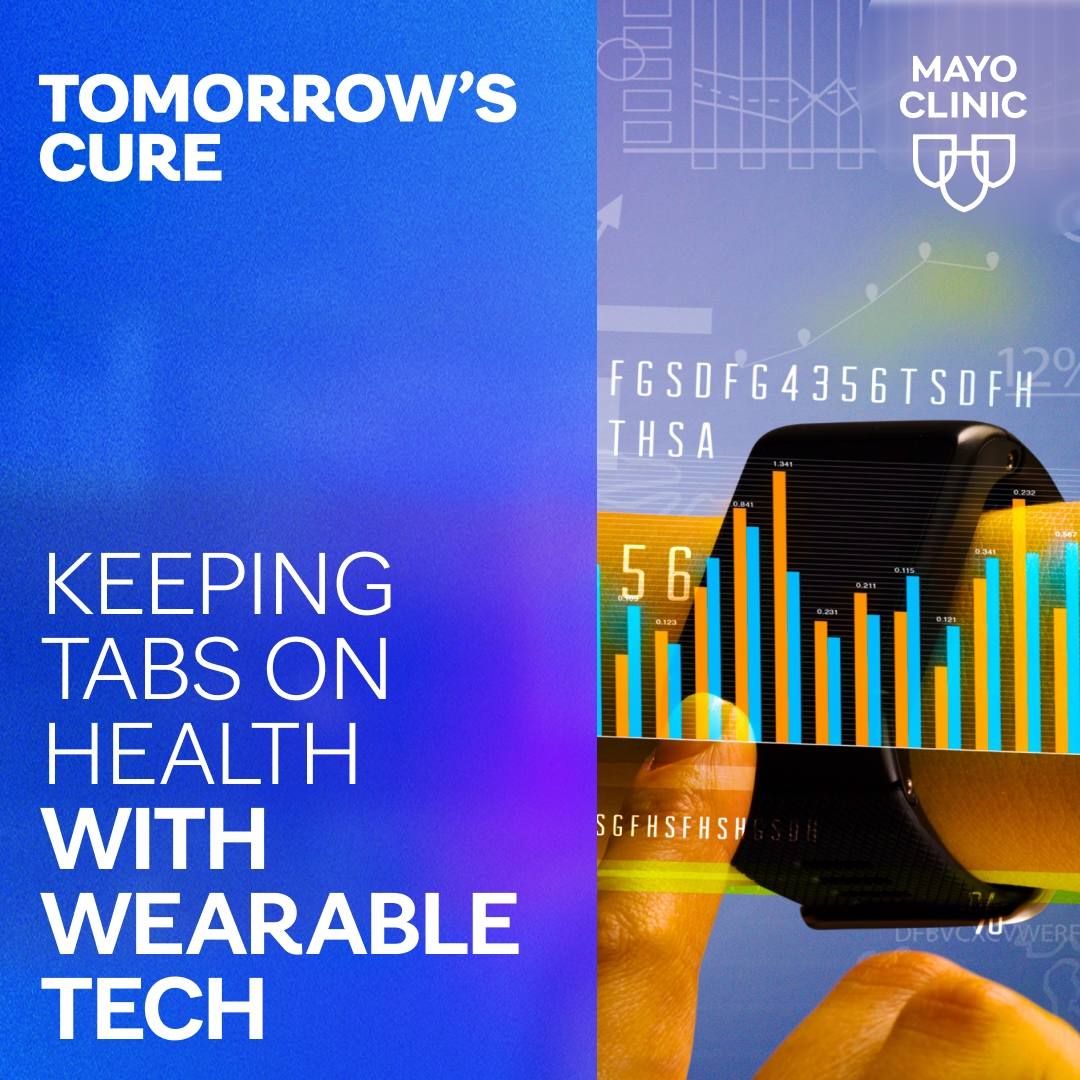-
Mayo Clinic Q and A: New technique for repairing knee cartilage damage
 DEAR MAYO CLINIC: I'm interested in the new procedure approved by the U.S. Food and Drug Administration that can repair cartilage in the knee. How does it work? Who's a good candidate for this procedure?
DEAR MAYO CLINIC: I'm interested in the new procedure approved by the U.S. Food and Drug Administration that can repair cartilage in the knee. How does it work? Who's a good candidate for this procedure?
ANSWER: The new technique is called matrix-associated autologous chondrocyte implantation, or MACI. It can be effective for repairing isolated cartilage damage in the knee, but it's not useful for people whose knee cartilage is diffusely damaged due to arthritis.
Your knee has two kinds of cartilage: the articular cartilage and the meniscus. Matrix-associated autologous chondrocyte implantation is used to repair articular cartilage damage, which can come from an isolated injury or defect, or as a result of arthritis.
Of these two problems, isolated injuries and defects are much less common than arthritis. They usually happen due to an athletic injury or another medical condition, such as osteochondritis dissecans. Both isolated cartilage defects and arthritis have similar symptoms, including knee pain, swelling and loss of motion.
No matter the cause, cartilage damage is challenging, because cartilage doesn't have its own blood supply. Therefore, it can't heal itself. Once cartilage is damaged, without treatment the damage stays the same or gets larger over time. And so, identifying cartilage damage soon after it happens and starting treatment promptly is crucial to successful repair. It’s also important to have a thorough evaluation to identify what caused the cartilage damage, because treatment is based on the underlying cause and potentially correcting those factors.
The matrix-associated autologous chondrocyte implantation technique is only useful for repairing isolated cartilage damage. To understand why it can be helpful, consider a road repair analogy. If you have an isolated cartilage defect or damage, it’s like having one or two potholes on a road. Once those potholes are repaired, the road is sound again. With arthritis, it’s as if there are many potholes in the road. Fixing each individual hole won’t restore the road overall, and more potholes will form over time. A more comprehensive approach is needed to make the surface sound.
For those who are good candidates for matrix-associated autologous chondrocyte implantation, the technique is a two-stage process. The first step is knee arthroscopy. During this minimally invasive procedure, a physician looks inside your knee and assesses the cartilage damage — measuring its size and mapping its location. A sample of the cartilage also is taken from the knee. Afterward, that sample is sent to a lab, where the cells are used to grow more cartilage cells.
With matrix-associated autologous chondrocyte implantation, the new cells are grown on a membrane scaffold in the lab. That's different than the cartilage repair techniques previously used. In the older approaches, cartilage cells were grown in a lab and implanted into the knee under a patch created from a membrane taken off the outer surface of a bone, called the periosteum, or implanted under a membrane made of collagen.
By growing the new cells on a membrane scaffold and then implanting them into the knee where the cartilage is damaged, a 3-D structure is created that more closely mimics natural cartilage, which allows for faster healing and lowers the risk of complications. Full recovery from matrix-associated autologous chondrocyte implantation still can take up to one year, though, so you need to be motivated and willing to undergo rehabilitation over the course of a year.
If you suspect knee cartilage damage, see your health care provider. He or she may refer you to an orthopedic surgeon to review your options and decide if you might be a good candidate for matrix-associated autologous chondrocyte implantation. If you have isolated cartilage damage that can be repaired with matrix-associated autologous chondrocyte implantation, a surgeon also can help identify what led to the damage in the first place. In some cases, problems such as joint instability or misalignment may require another procedure to correct those issues, so the cartilage isn't damaged again. ― Dr. Aaron Krych, Orthopedic Surgery, Mayo Clinic, Rochester, Minnesota







